Handmade Persian rugs and carpets are the most durable and exquisite oriental carpets and also Iran's unique and unmatchable handicrafts, used for the interior of ordinary people's houses or great kings' courts for centuries. Persian people weave their dreams, imaginations, stories, myths, and everything inside their inner world on looms of different forms and sizes all over Iran. Handmade Persian carpets symbolize a magical, abstract world of beliefs and desires; that's why each has a particular identity and touches people's souls. They are tied in with Persian life and traditions and have hundreds of patterns and many styles.
Each region, city, and village in Iran has different types of Persian rugs, creating a live handmade carpet with natural fibers that they provide from their herd or cotton farms. Everything about Persian hand-woven carpets is related to the pure nature of Iran. Their stunning colors represent people's feelings and passions. They are extracted from beautiful and aromatic plants, are highly durable, and even get brighter as time passes. Persian rustic and tribal handmade carpets and rugs may have some irregularities but are so lovable worldwide as they are made by nomads and tribes on their small and medium handmade looms and designed by their wild souls' imaginations.
Persian handmade rugs of cities are woven splendidly, with a more ordered structure, tiny knots and delicate designs full of mazes of plant branches and heaven's birds flying among them or mystical abstract leaves and flowers. The fantastic world of handmade Persian rugs still remains undiscovered between oriental rugs. There are some regions in this land where unique rugs are woven by local people with remarkable patterns and textures that remain unknown. Handmade Persian carpets were an excellent investment for the country for more than 400 years; they are still a valuable handicraft worth investing in, collecting, and decorating any interiors with them!
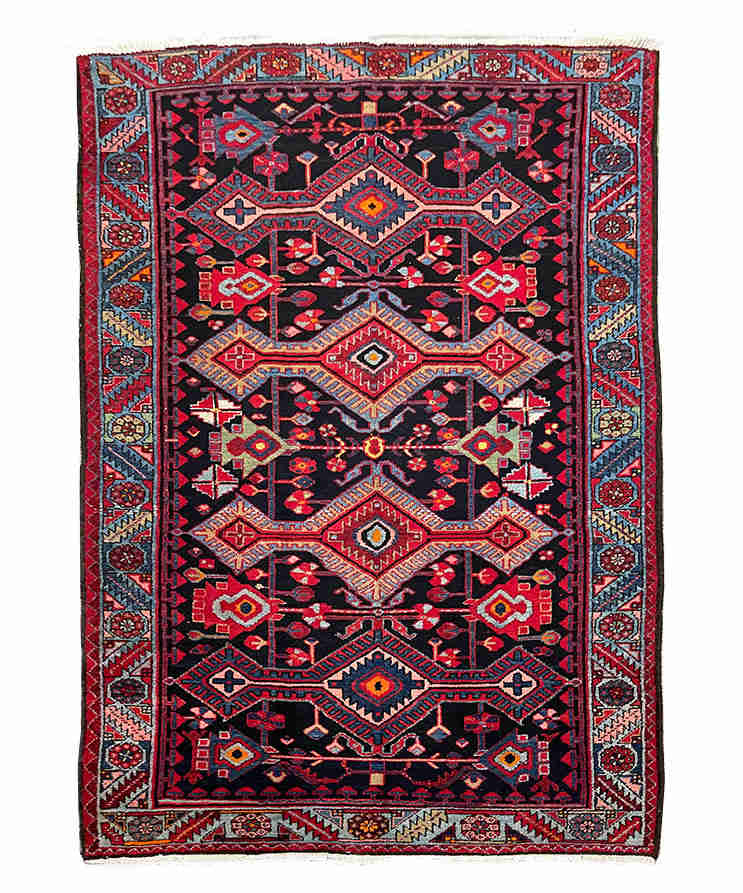
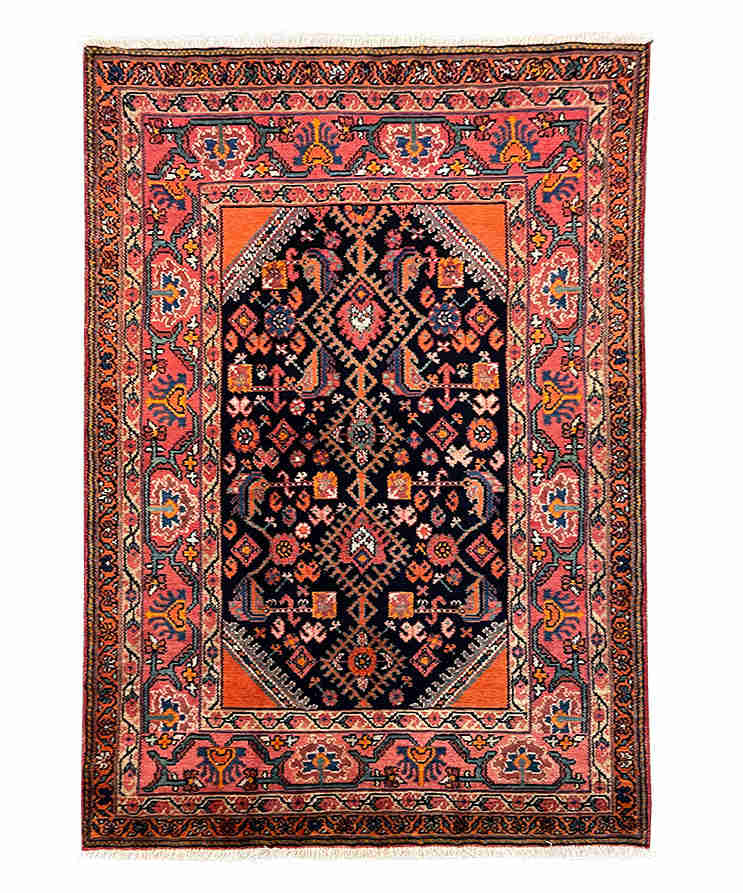
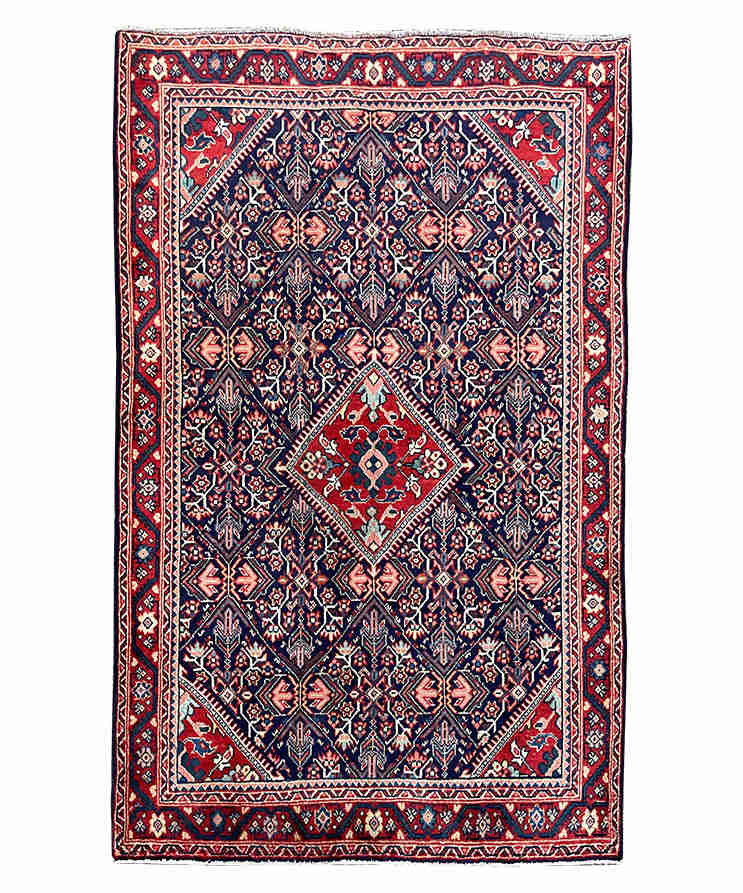
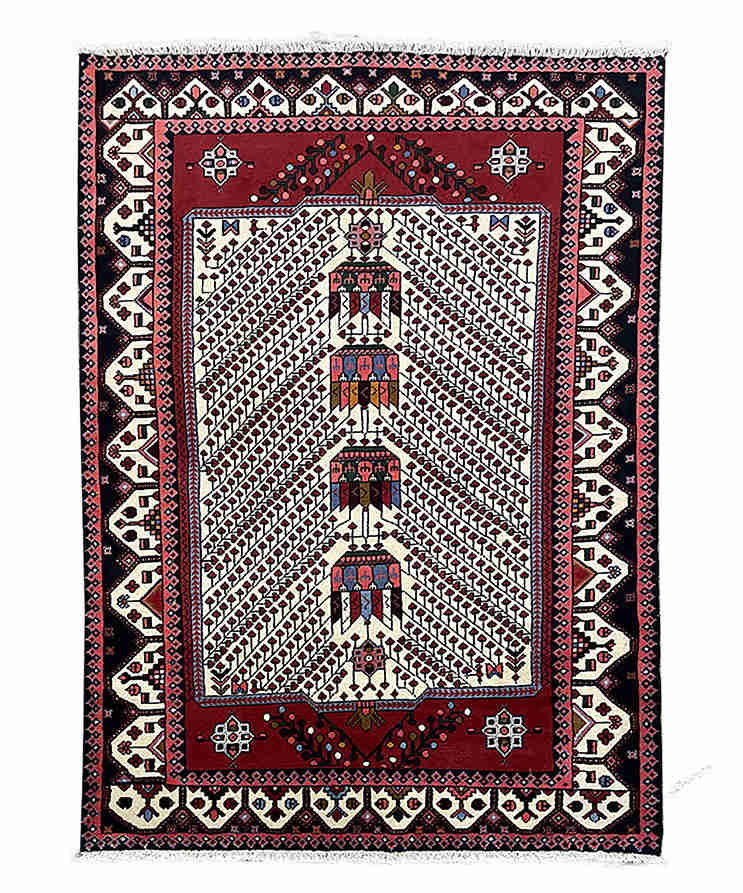

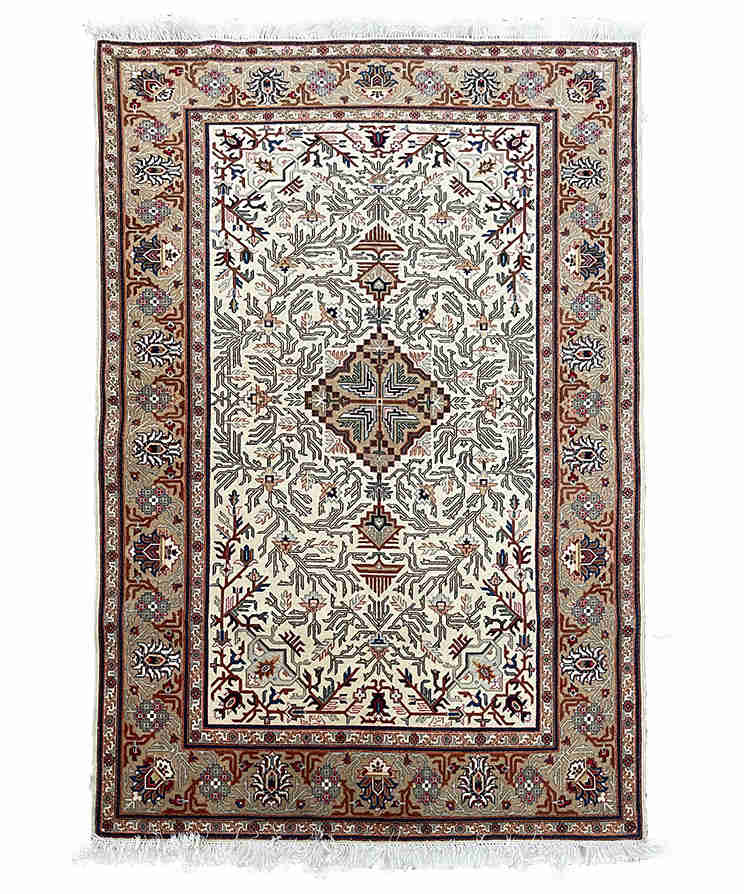
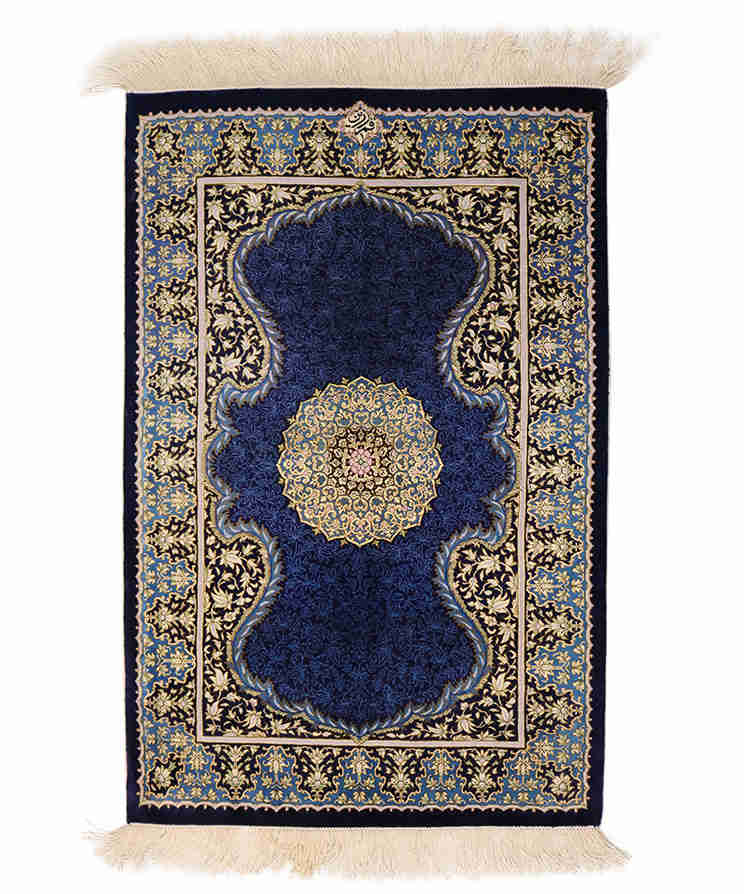
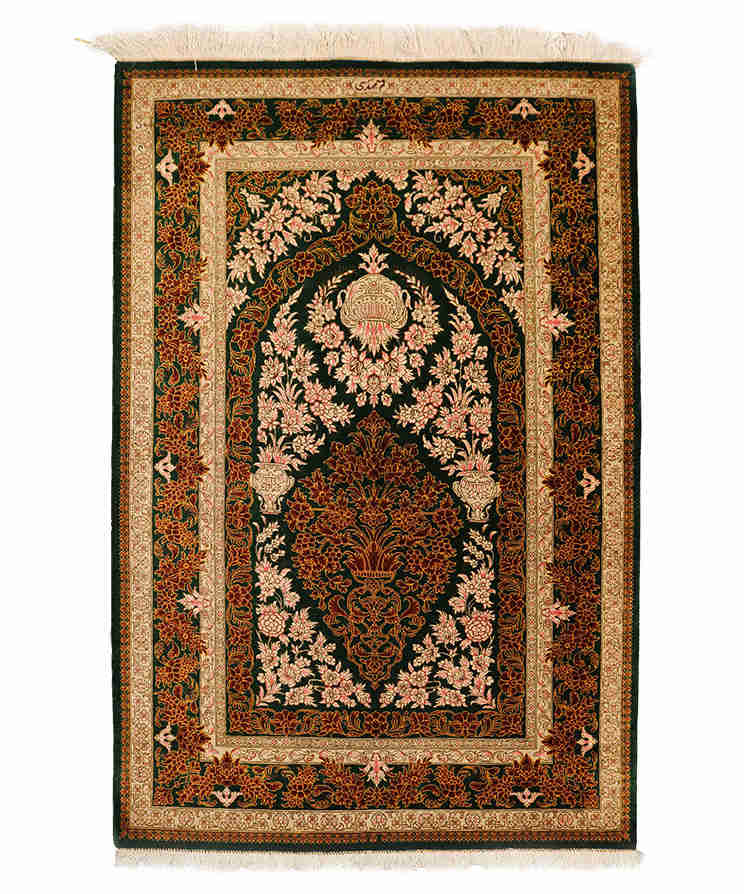


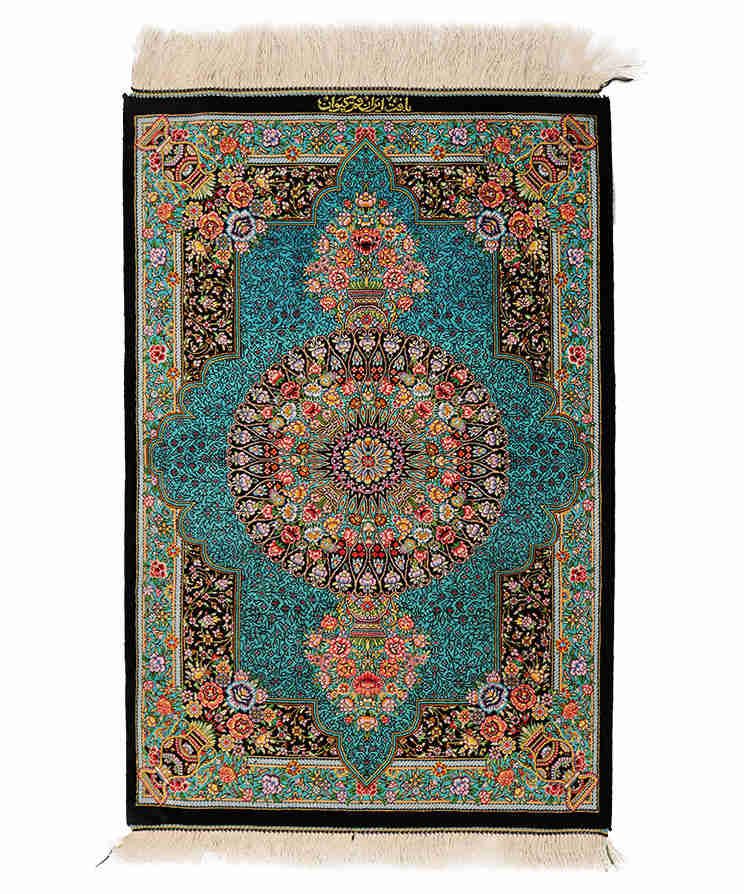

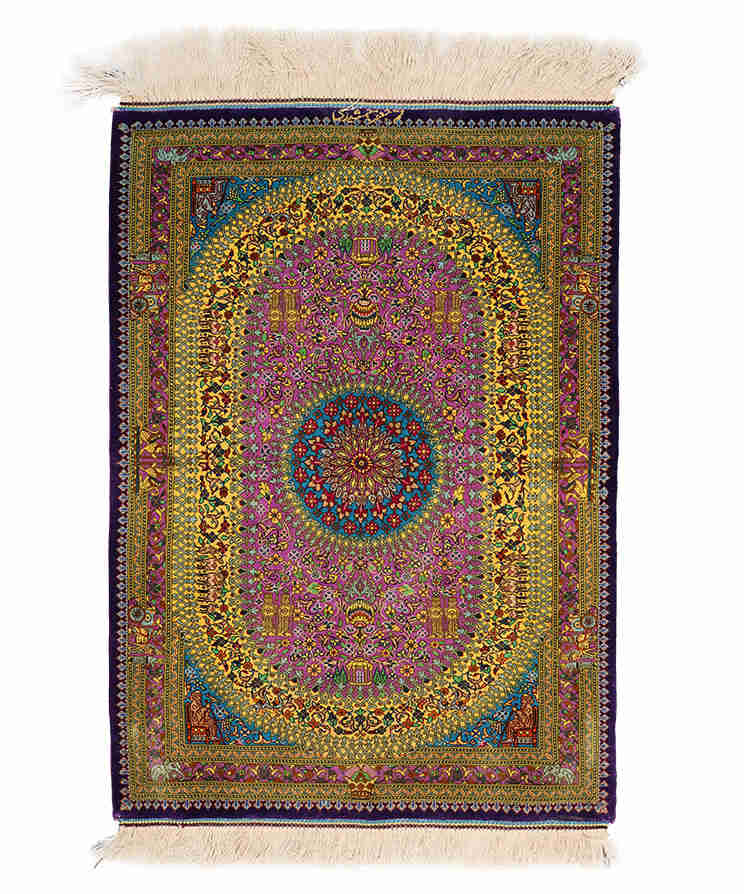
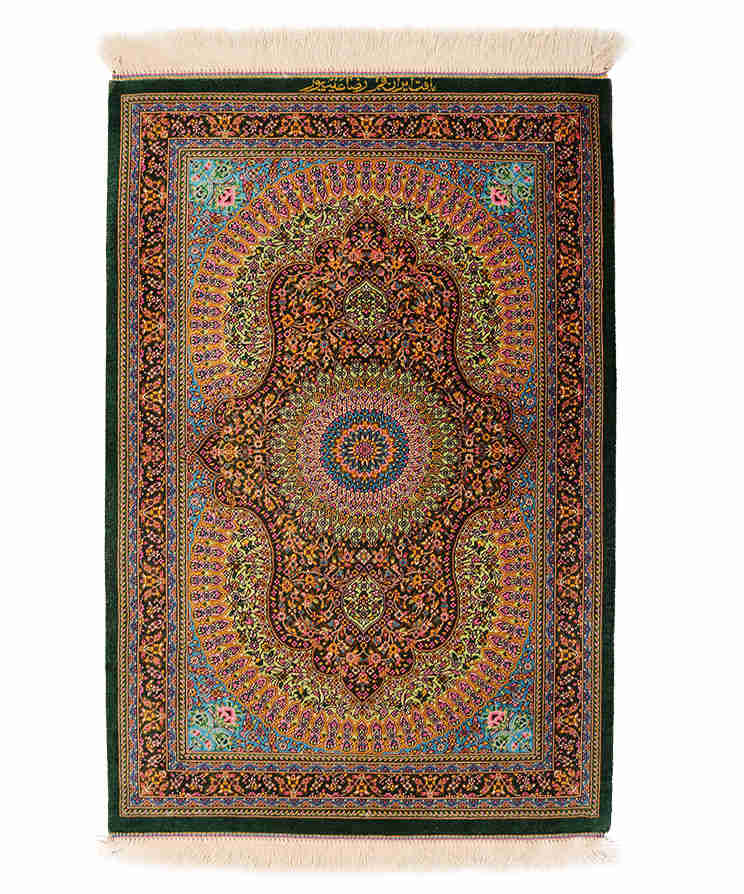
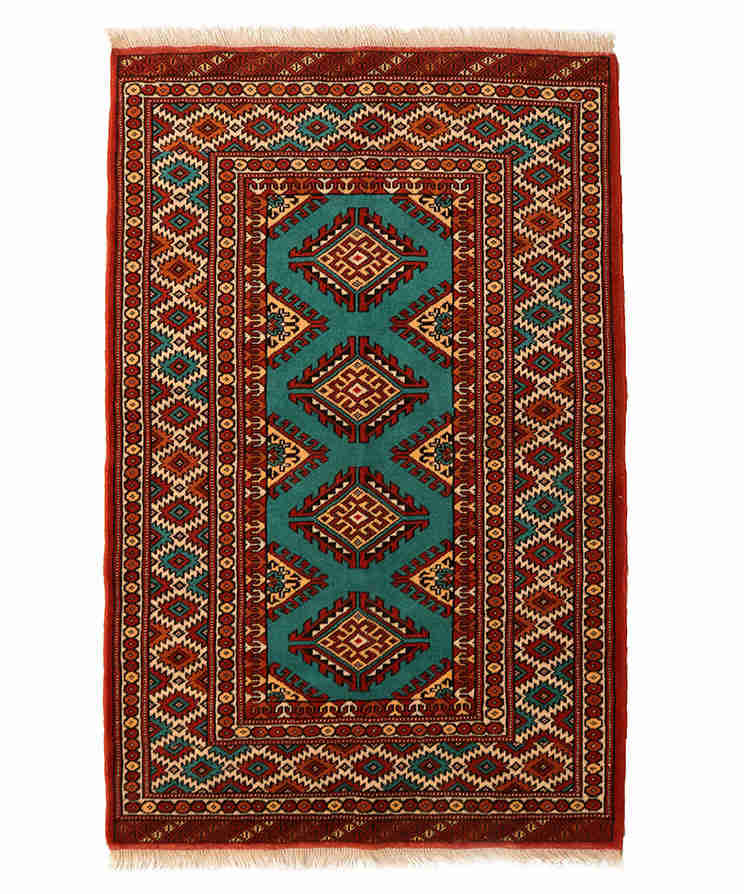
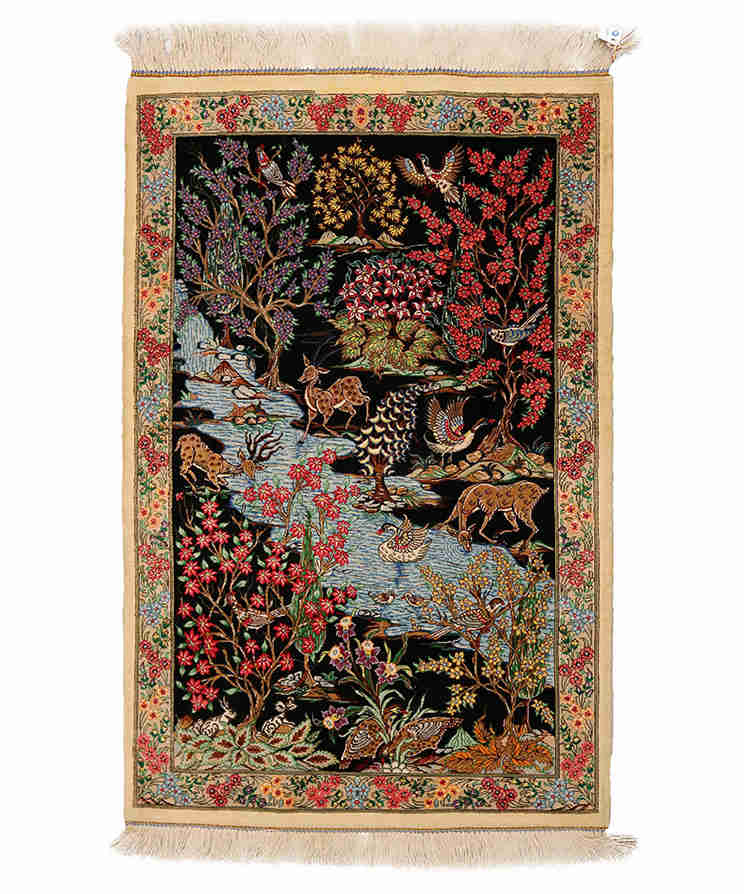
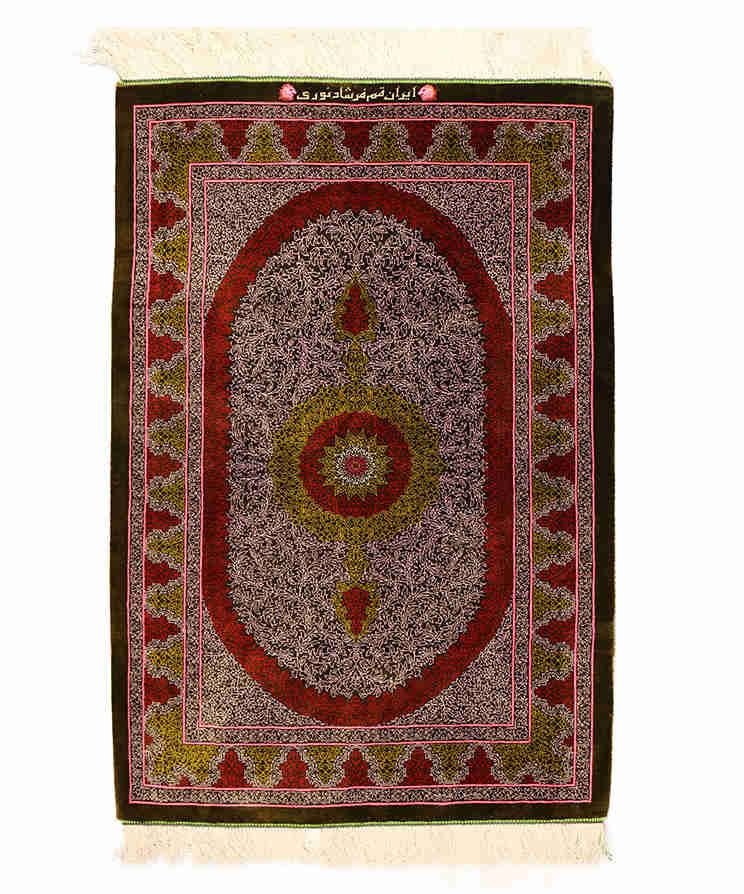
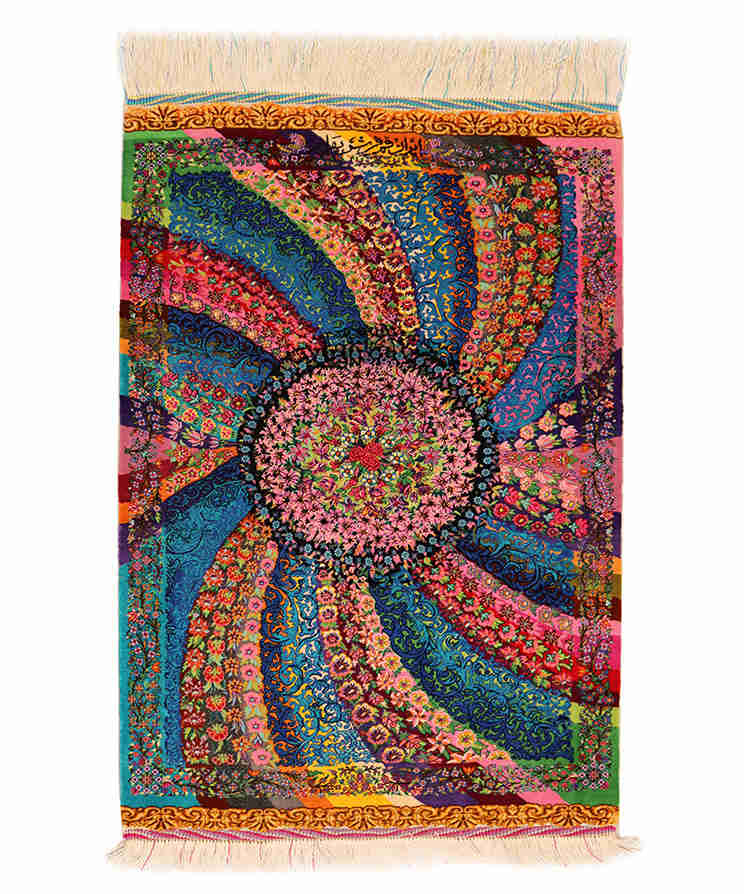
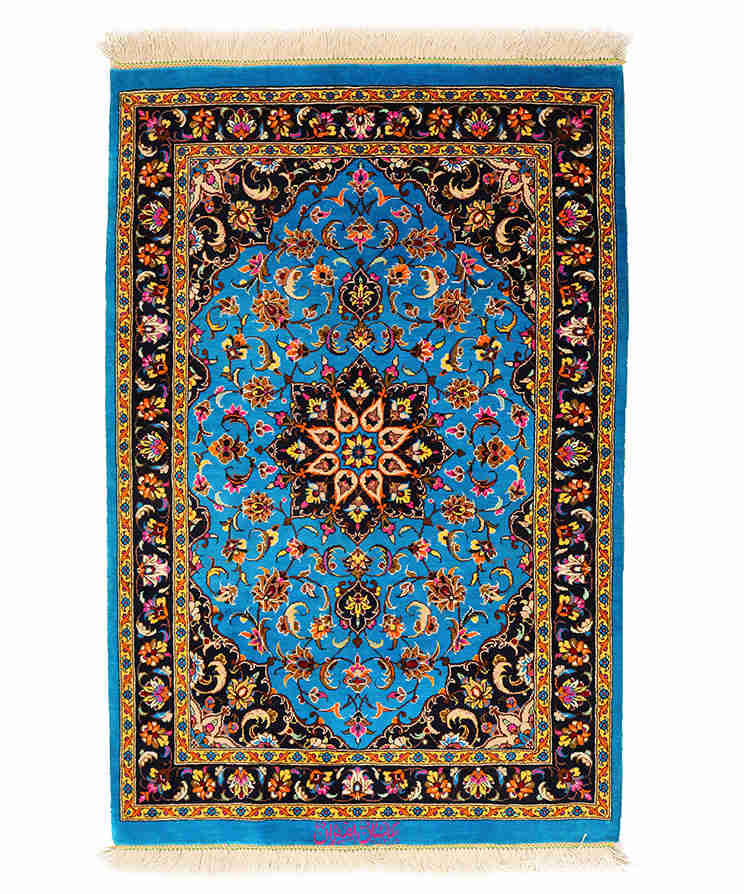
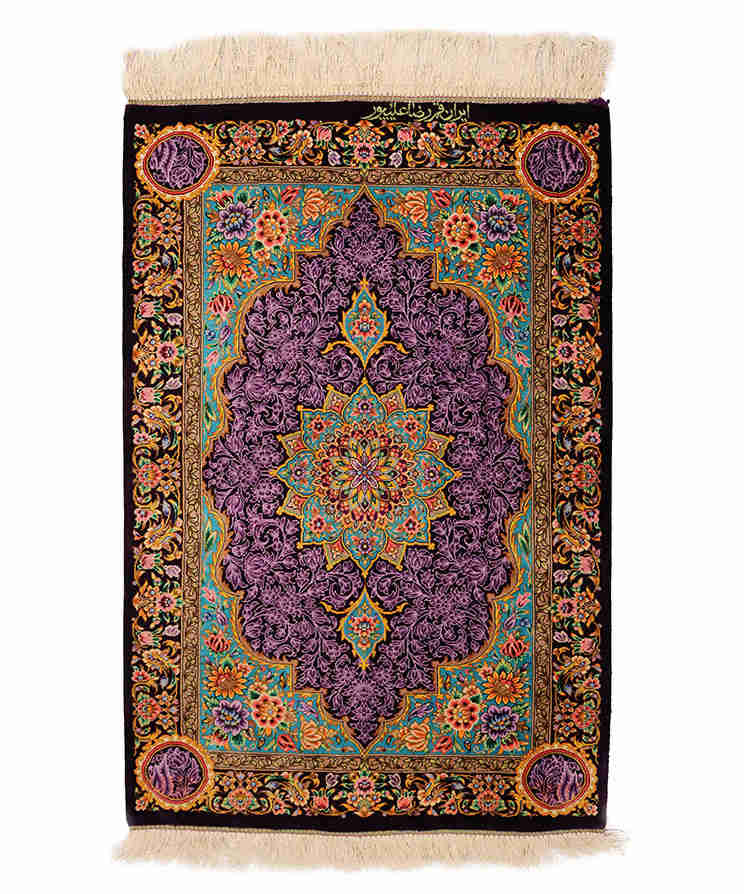
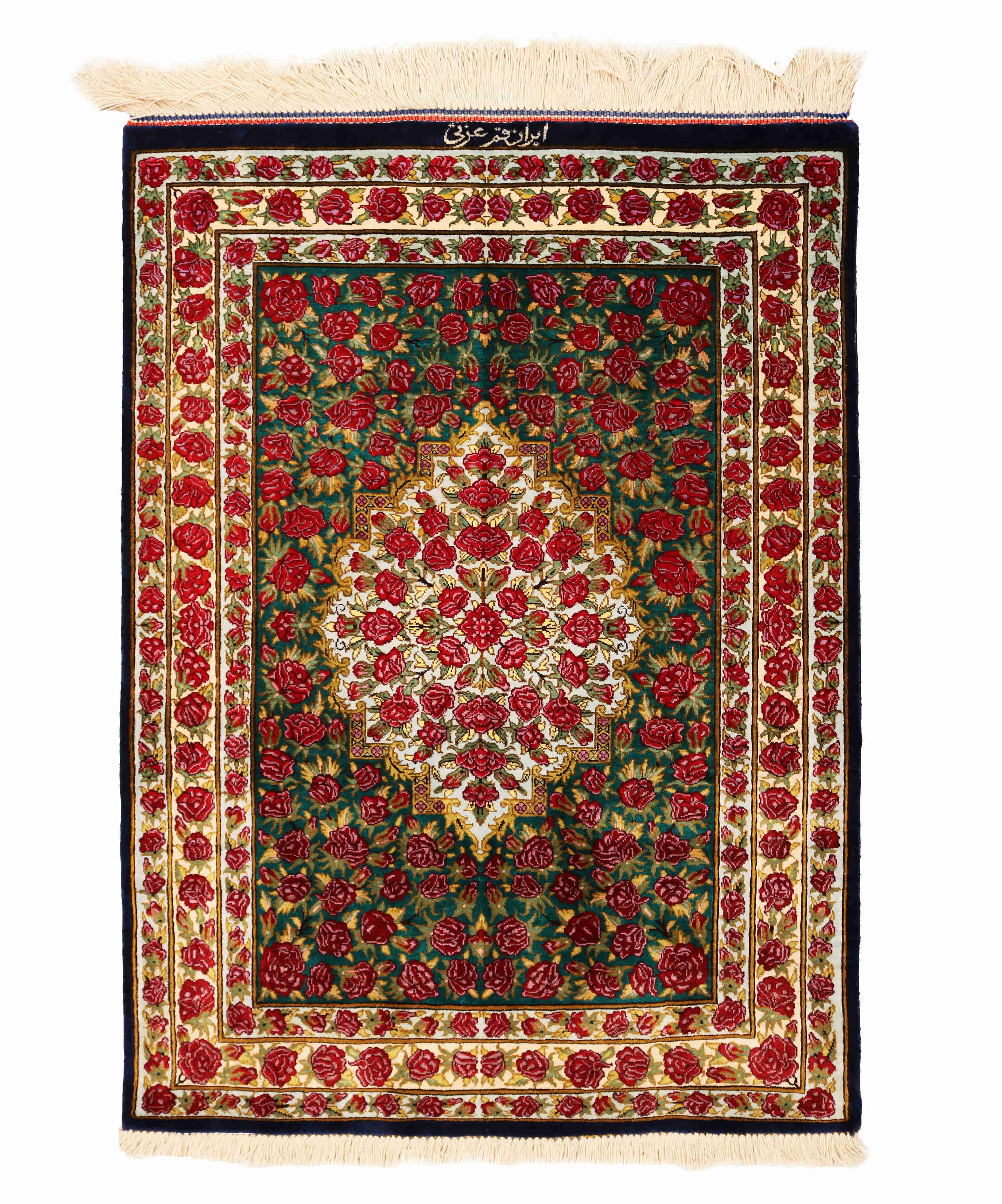
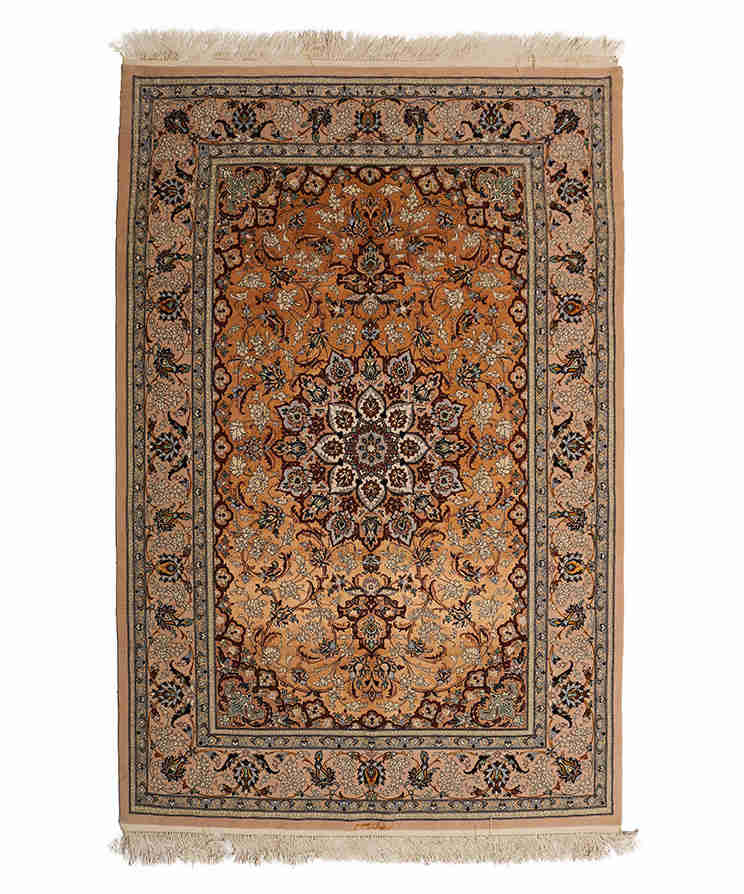
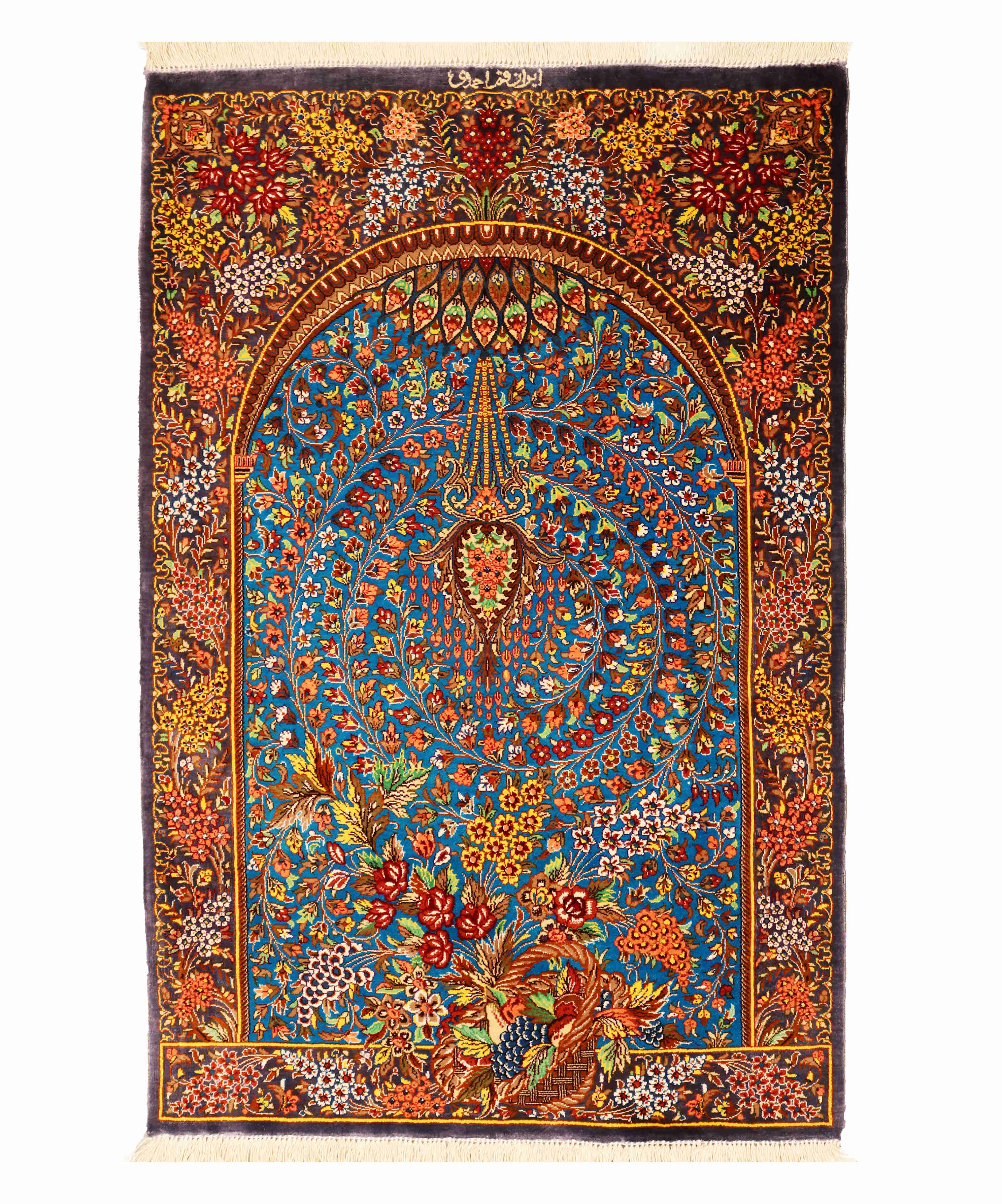
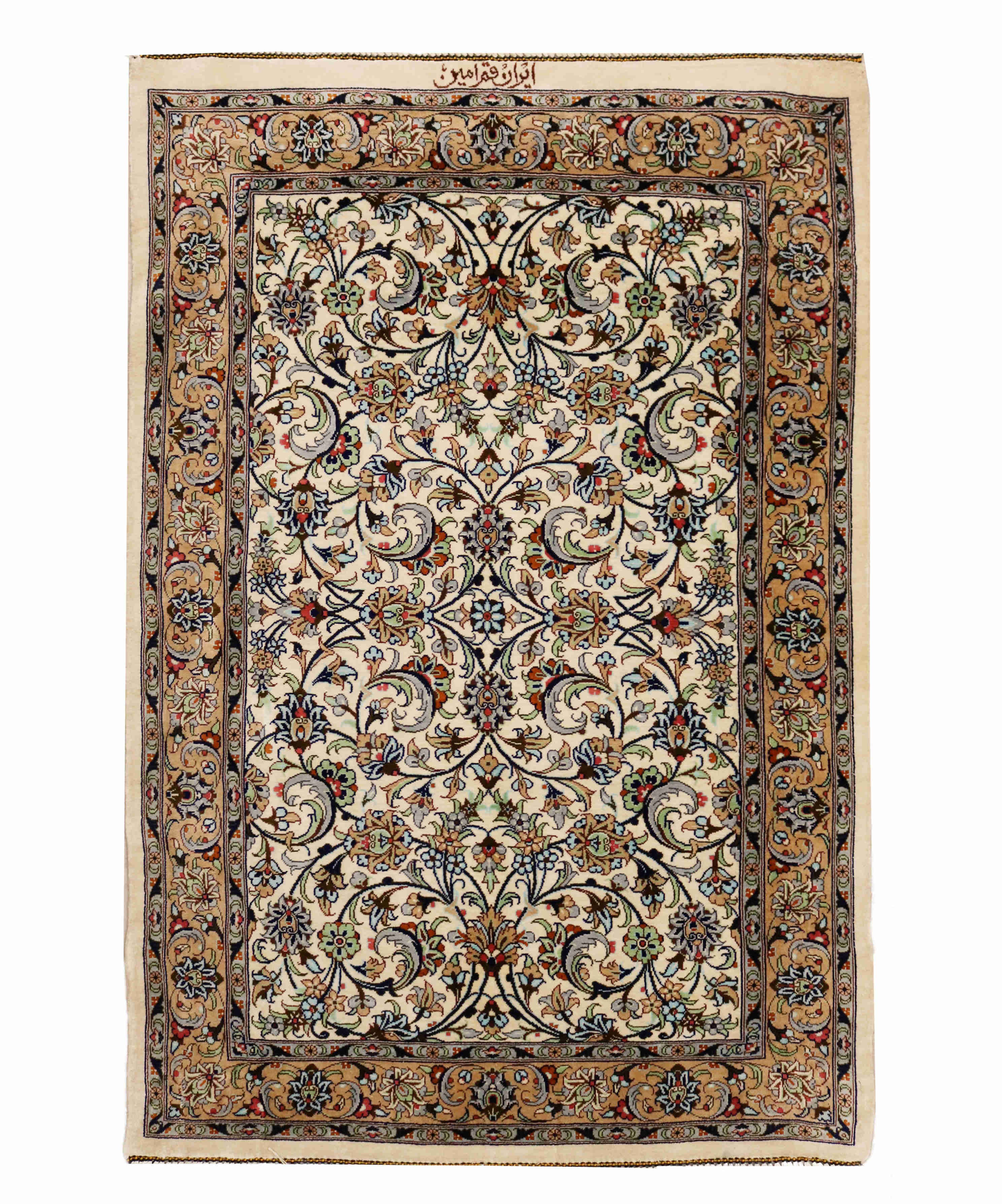

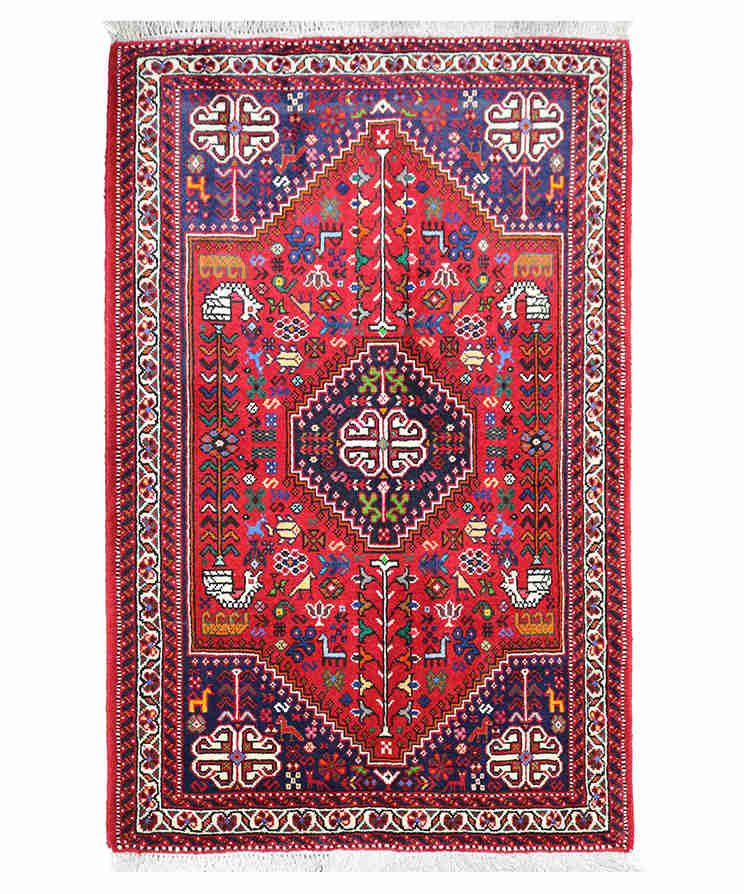

.webp)
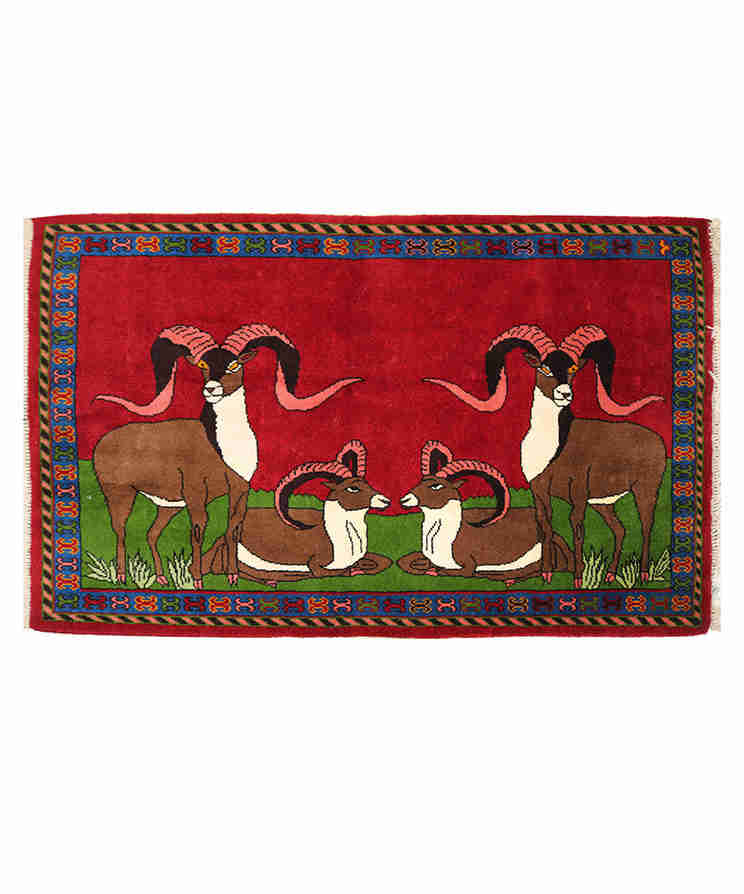
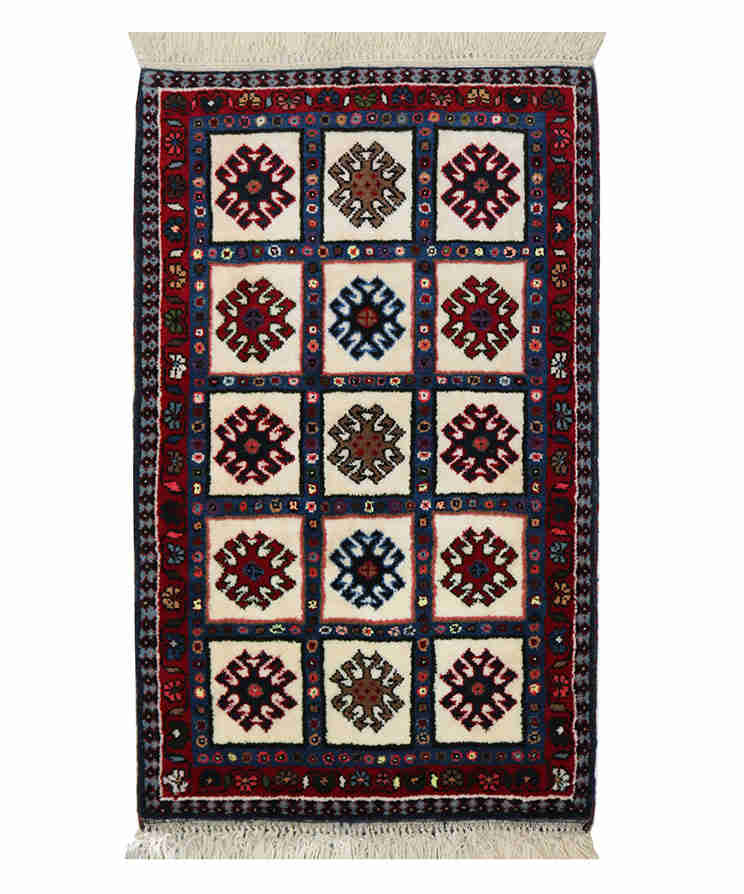
The base structure of pile carpets and flat-weave rugs is created from warps and wefts. Warps have the most important role in making a Persian rug! They are a group of vertical yarns of the same grade and type, placed parallel to each other with an equal distance between them, and are drawn from the top of the loom to the bottom with a specific pressure similar to all the yarns. They are mainly cotton yarns, but sometimes wool and silk (for delicate and high-density rugs) with different grades according to the design. Weft yarns are used to make a firm structure between knots or in Kilim rugs used for creating patterns. These yarns, placed horizontaly among the warp yarns with a zigzag pattern, are mostly cotton and, in some places, wool. Cotton warp is more potent and has different grades for different rug densities. You may see that some handmade Persian rugs have two wefts, and some have one weft; it depends on the regions of the carpets and their techniques.
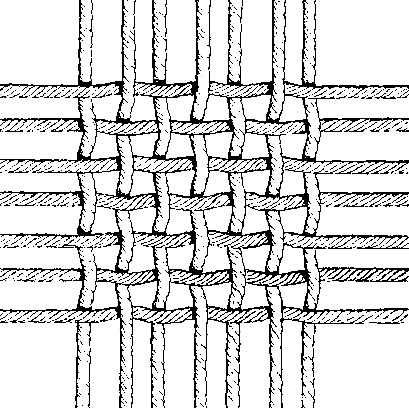
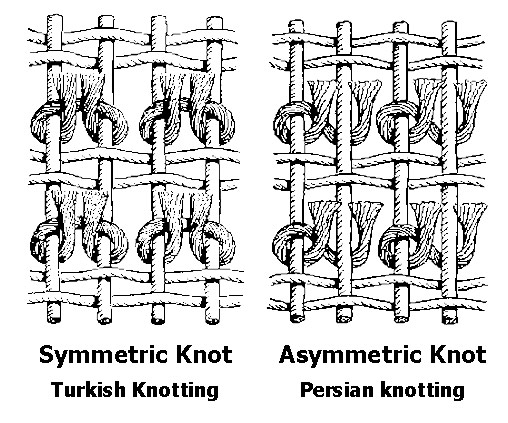
What is a rug knot? And what is a pile rug? Actually, carpets and rugs with piles have knots between their warp and weft structure. A knot of any kind is usually tied on a pair of warp yarn (in some regions in Iran, people also tie knots with two pairs of warps). After weavers knotted a row of a rug pattern on warps, they put one or two yarns of weft on them and beat on them to make them firm. In Persian handmade rugs, two main types of knots are used:
1_Symmetric or Turkish knot
2_ Asymmetric or Persian knot
Symmetrical knots are tied by passing the yarn between two adjacent warps, bringing it back under one, making a collar with both, and then pulling it through the middle so that both ends emerge between the warps.
Though symmetrical knots seem stronger, asymmetrical knots are used for more delicate and soft rugs with higher density and knots placed closely near each other. One side of a Persian knot is securely knotted around a warp, and the other half is left loose.